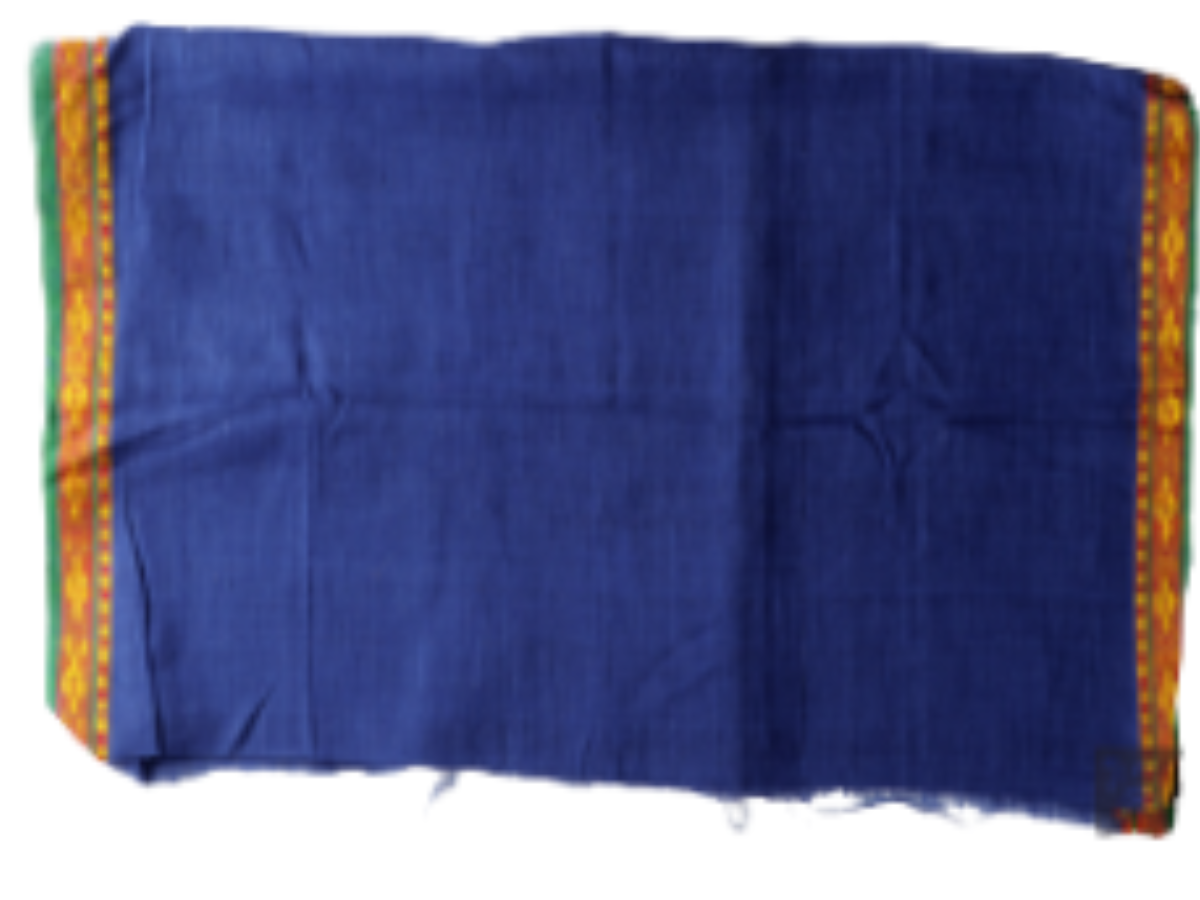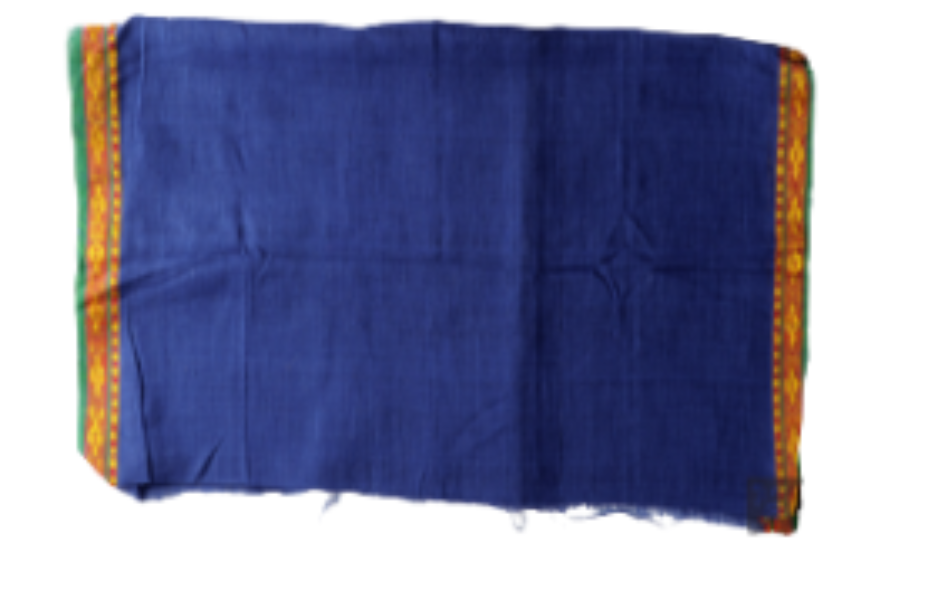State
Tribe Name
Art Type
short description
The southeast India, Madhya Pradesh-Korku tribe, textiles pattern of geometrical and floral representation is one of the finest examples of traditional craftsmanship finely blending into vivid colors and beautiful designs-mature heritage that they have been weaving for very long time making them create significative textiles that are deeply aesthetic and cultural. The blue piece of cloth along the procession of threads on the woven border is showing geometric and floral designs which are attentively crafted in red, yellow, and green threads.
Thumbnail

Filter Postion
Left
Filter Background
Off
Theme
Filter Header Image

content
Image

description
The southeast India, Madhya Pradesh-Korku tribe, textiles pattern of geometrical and floral representation is one of the finest examples of traditional craftsmanship finely blending into vivid colors and beautiful designs-mature heritage that they have been weaving for very long time making them create significative textiles that are deeply aesthetic and cultural. The blue piece of cloth along the procession of threads on the woven border is showing geometric and floral designs which are attentively crafted in red, yellow, and green threads.
The geometric patterns denoted fertility, balance, and harmony; the floral motifs verified the tribe's attachment with nature and environment. Fabric structures are intertwined with traditional ways passed down from generation to generation; they thus comprise this special color: bright red; brilliant yellow; and rich green because the Korku are boomers of bright, loud hues much in their textiles and other crafts. Blue at its back contrasts this personified vibrancy with endless cultural signification. Such textiles are part of ceremonial purposes and traditional wear during festivities and rituals; they also become part of day-to-day life and serve this differentiation, all while reminding the Korku of the traditions, nature, and other bright colors that help define their world. In summary, the geometrical and floral pattern textile piece is a priceless creation for the Korku tribes for their artistry and cultural heritage, all being displayed in this vibrant, meaningful design.
The geometric patterns denoted fertility, balance, and harmony; the floral motifs verified the tribe's attachment with nature and environment. Fabric structures are intertwined with traditional ways passed down from generation to generation; they thus comprise this special color: bright red; brilliant yellow; and rich green because the Korku are boomers of bright, loud hues much in their textiles and other crafts. Blue at its back contrasts this personified vibrancy with endless cultural signification. Such textiles are part of ceremonial purposes and traditional wear during festivities and rituals; they also become part of day-to-day life and serve this differentiation, all while reminding the Korku of the traditions, nature, and other bright colors that help define their world. In summary, the geometrical and floral pattern textile piece is a priceless creation for the Korku tribes for their artistry and cultural heritage, all being displayed in this vibrant, meaningful design.
Image Mode
landscape
promoted
On
Verified
Off
